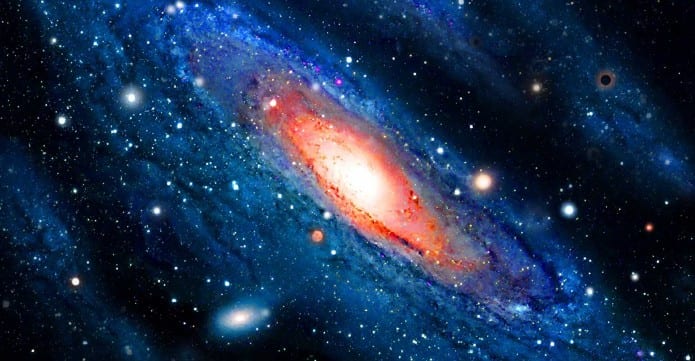Table Of Contents
The new study has revealed that Universe may contain fewer galaxies than what was predicted
There may be far fewer galaxies further out in the universe then might be anticipated, according to a new study led by Michigan State University.
A new study has revealed that Universe may contain fewer galaxies than what was predicted. According to Michigan State University associate professor Brian O’Shea, earlier estimates had placed the number of faint galaxies in the early universe to be hundreds or thousands of times larger than the few bright galaxies that they could actually notice with the Hubble Space Telescope. He added that they think that number could be almost ten times larger.
O’Shea and his team used the National Science Foundation’s Blue Waters processor to run simulations to inspect the formation of galaxies in the early universe. The team simulated thousands of galaxies at a time, including the galaxies’ interactions through gravity or radiation. The simulated galaxies were constant with observed distant galaxies at the bright end of the distribution – in other words, those that have been discovered and confirmed. The simulations didn’t, however, reveal an exponentially growing number of weak galaxies, as has been previously predicted.
The number of those at the lower end of the brightness distribution was flat rather than increasing sharply, O’Shea said. These simulations will be tested further when the much-anticipated James Webb Space Telescope comes online in late 2018. The study is published in the Astrophysical Journal Letters.
The Hubble Space Telescope can see the tip of the iceberg of the most-distant galaxies, said Michael Norman, co-author of the paper and director of the San Diego Supercomputer Center at the University of California, San Diego.
While the James Webb telescope will improve views of distant galaxies, the telescope has a relatively small field of view. As a result, the observations must take into account vast difference the statistical disparity in the number of galaxies from place to place.
That’s what makes these simulations relevant even as improved technology becomes available, O’Shea said.
“A deeper understanding based on theory may be necessary to correctly understand what’s being seen, such as high redshift survey results,” he said.
In addition to O’Shea and Norman, the research team also included John Wise, an assistant professor at the Georgia Institute of Technology, and Hao Xu, a postdoctoral research associate at the University of California, San Diego.
The research was funded by the National Science Foundation and NASA.

